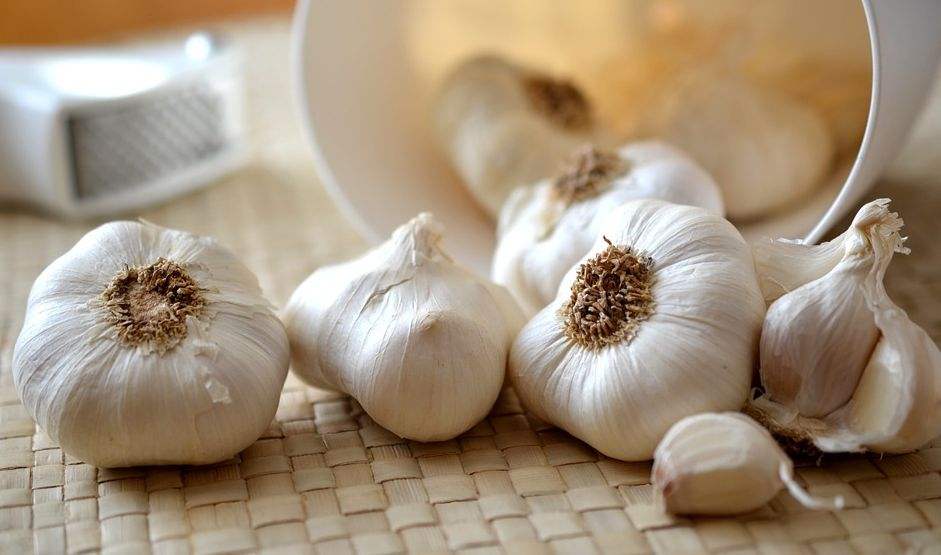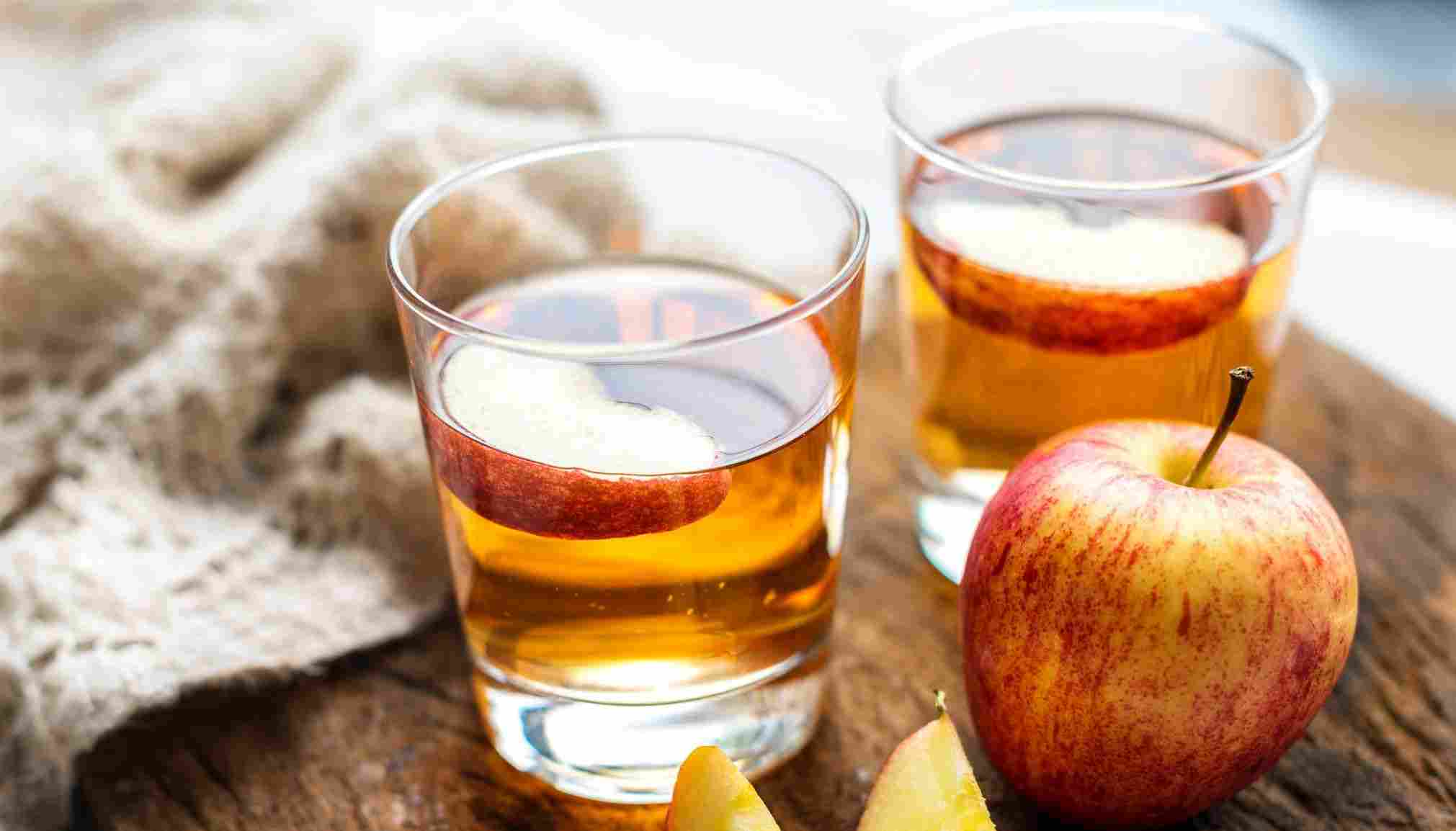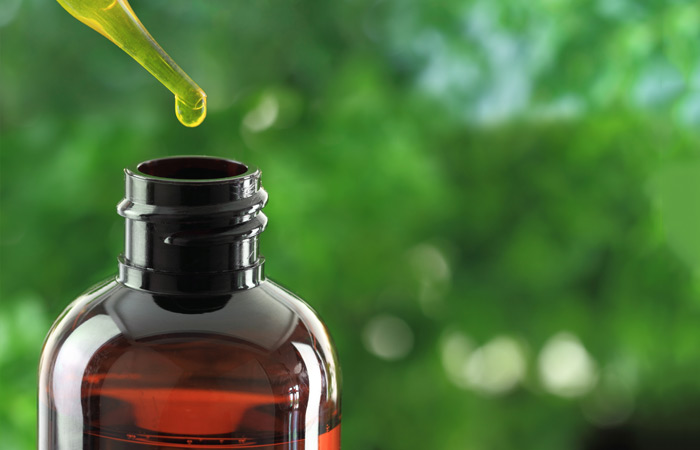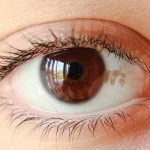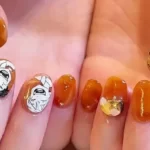If you are wondering if you have a Yeast Infection -Vaginal Infection then you need to read this! These types of vaginal infections are the worst! what are the symptoms of a yeast infection?
Yeast infection symptoms in women
You will have incessant itching and burning. You will also develop a discharge that doesn’t really have an odor and is cheesy white in color and texture.
If this is your first yeast infection – vaginal infection then you may want to visit a doctor and find out for sure. A Doctor will just take a scraping from the inside of your vagina and look at it under a microscope. Your Doctor will be able to diagnose the yeast infection immediately.
After you are sure that this is in fact what you have you can then proceed with treating your yeast infection. You do know that you have options? You can go the medical route or you can approach it in a natural way.
How to cure a yeast infection at home
Unfortunately, the number of men and women who suffer from yeast infections grows daily and there is one common denominator – diet.
When people realize they have a yeast infection (either through diagnosis or self-diagnosis) they instantly assume that the cause is just random, like catching a cold.
While this sometimes is the case, usually the underlying cause poor diet which causes hormonal imbalances within the body.
These hormonal imbalances can also be triggered by using soaps and generally exposing your genitals to chemically altered products. So what is the best cure for a yeast infection?
To successfully cure a yeast infection it is necessary to discover the real cause in order to go ahead and get yourself the appropriate treatment.
You will need to learn about the foods which you should and shouldn’t eat, as this is imperative in maintaining the neutral balance of your hormones. There are numerous tests you can take to monitor the progress you’re making in order for you to know when to stop.
Knowing when your yeast infection has cleared is extremely important. I see many people who think they have cleared it when their symptoms appear to have disappeared when in reality they are still there, waiting for a chance to flare up.
Do not make this amateur mistake, if you think you have completely cleared the infection just do the quick test to confirm. If you are unsure, continue following the advice until you are 100% sure – remember, if it returns you’re back to square one and having to start again.
Yeast infections throw up some extremely nasty symptoms, no doubt the itching is the hardest to cope with for most people but smelly discharges, rashes, lack of energy and diarrhea can also be the signs and symptoms of yeast infection.
While most people are busy buying expensive products to treat these symptoms, you will be busy buying a product that will cure the cause and will feel better almost instantly as you will be confident of the fast results.
A good yeast infection remedy focuses on the following details:
- Underlying causes of the yeast imbalance
- Introduction of substances that are yeast antagonists
- Restoration of the tissue ph and natural flora which controls yeast population
Here are some facts about yeast infections:
- Birth control pills greatly increase the likelihood of developing yeast infections..
- Both partners need to be treated and can pass a yeast infection back and forth to each other during sexual intercourse, or oral sex.
- A yeast infection can be the first sign of AIDS.
- Yeast infections can accompany other sexually transmitted diseases, especially if the person has had unprotected sex.
- A yeast infection is a sign of a depressed immune system and signals that the person may be more susceptible to AIDS, cancer, genital herpes, or other STDs.
- Recurring yeast infections can go from a local genital, or oral infection to a whole-body infection that affects major organs, the brain, and energy cell production.
- Cultures and blood work can determine the extent of yeast infection.
Because yeast is a naturally occurring organism that lives in the body (especially the gut), there may be some unknown value for it. We don’t know. But there is one thing for sure, everybody hates yeast infections and wants to get rid of one as soon as possible.
Some people would have you believe that yeast infections (like recurring colds) are just a normal part of life. But this is simply not so! There is nothing normal about a yeast infection! It signals a serious flora imbalance that threatens your immune system and reduces your ability to absorb nutrients properly. Consider getting blood tested for yeast if you continue to have yeast infections.
Easy Step By Step Yeast Infection Home Cure
There are many different natural remedies for over the counter yeast infection treatment –

Contrary to popular belief, both men and women are at risk of acquiring yeast infections.
Yeast infection comes from a fungus called Candida which is normally acquired by women especially before their menstrual cycle due to hormonal imbalance. This could both be a painful and embarrassing scenario for both sexes.
Over the counter kits can be purchased to diagnose the occurrence of yeast infection; however, it’s recommended to seek professional help as symptoms can at times be a bit confusing and misleading.
How to get rid of a yeast infection naturally
Yes, here are some of the best natural home remedies for your unwanted fungal infection.
Plain Yogurt
Yogurt generally contains good bacteria that help combat yeast. You should be careful though with your choice as sweetened yogurt may do you more harm than good.
Sugar will only make the fungus even more powerful so go for the plain, unsweetened ones instead.
Garlic
Garlic provides instant relief as it has heat-absorbing capabilities to our body. For the ladies, you can peel off a clove of garlic and insert it into your vagina every time your genitals itch or burn.
It is recommended for use during bedtime until morning since the interval would actually provide sufficient time for the garlic to work its magic.
Water
Water cleanses the body internally so drinking a lot of purified water will not only cleanse your stomach but also flush away the toxins through urination.
Apple Cider Vinegar
Mix a cup of apple cider vinegar to add to your bathwater and stir it thoroughly through the water.
Do this as often as you want or until you feel that the yeast is gone but do not soak too much because this may disrupt your natural ph balance and once again trigger the growth of the fungus.
Soak in the mixture for at least 15 minutes a day with legs wide open to allow the mixture to seep in. Make sure to use the mother of vinegar and not the plain white vinegar.
Only raw organic apple cider vinegar has the “mother of vinegar” that makes the vinegar so beneficial.
Oil of oregano
Oil of oregano is an herbal oil that has a high carvacrol content which is an active ingredient that fights yeast.
You can use this oil every day or as per the bottle’s directions of use until the candida clears.
Tea tree oil
Dilute ¼ cup of tea tree oil to ½ cup of warm water and dilute properly before applying it to the affected area. Make sure that the oil is properly diluted as it may irritate your genitals.
Please be aware that some tea tree oil brands have specific dilution instructions that you will find on the product’s label.
The natural home remedies provided are just natural alternatives. It won’t hurt to have your yeast infection problem checked by a doctor to make sure your condition is well diagnosed so you receive proper and appropriate medication.
A healthy lifestyle can contribute a lot to the prevention and cure of yeast infection. Staying safe and faithful is one good way to avoid the spread of candida bacteria.
Image License: pexels.com and pexels.com under Creative Commons License


